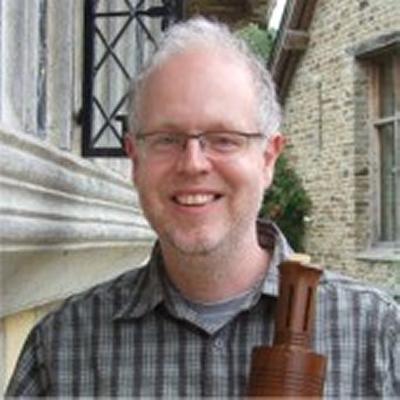‘Blowing a Horn for the Hare Hunt: Jewish Iconography and the Tower Trumpeters of Renaissance Nuremberg’ Seminar

- Time:
- 18:00
- Date:
- 9 October 2018
- Venue:
- Lecture Theatre C, Avenue Campus, University of Southampton, Southampton SO17 1BF
For more information regarding this seminar, please email Tracy Storey at parkes@southampton.ac.uk .
Event details
Part of The Parkes Institute's Research Seminar Series for 2018/19.
YaKNeHaZ (‘the hare hunt’) became a frequent illustration in medieval Ashkenazic Haggadah, and adorns one of the earliest Nuremberg trombones. This paper aims to demonstrate that the activity of the ceremonial wind musicians in German and Flemish cities (the foremost European players and makers of brass and woodwind instruments of the era) was predicated on social, ethnic or religious difference. Ritual wind music in many Asian traditions, for instance, the funerary shawm players of Shanxi Province in North China, or the Carnatic nadaswaram and Hindustani shehnai players of the Indian subcontinent, is also marked by the ‘outsider’ status and social difference of its musicians. Composer and city trumpeter Johann Pezel (1670) observed that his twice-daily routine of going up the Rathaus tower of Bautzen to play sonatas for the hours had ‘no small degree of kinship’ with Asian traditions, and was ‘from the same school’. In clarifying the historical role of German-Jewish ritual musicians we can better understand the place of European music as part of a wider, shared Indo-European music culture. You might say that the lives of Asian ritual musicians and European orchestral trumpeters are still marked by an ancient shared heritage of ‘difference’.

Speaker Information
Keith McGowan was a happy, if rather naïve shawm player until he found out how his shawm-playing forebears lived. He is now a musician and historian with a passion for using the stigmatised activity of entertainers to understand the wider historical role of those who find themselves on the edges of society, whether by faith, race or disability, people who seldom have a place in the traditional historical narrative, and whose rare instances of representation are typically distorted on the one hand by prejudice, and on the other by subter-fuge.
Keith has performed and recorded with many of the period instrument ensem-bles in the UK and abroad including The King’s Singers, The Harp Consort and The Sixteen. As musician and composer at Shakespeare’s Globe he pro-vided the score for the acclaimed production of Twelfth Night (2002-2004), and devised music for a 17th-century street band for the production of Meas-ure for Measure (2004-2005). He contributed to The New Grove Dictionary of Music has been a frequent contributor to Early Music (OUP) and Early Music Today. In June 2018 he presented a paper identifying the Bulgarian gadulka players in the frescos of Hardham Church, Sussex on their 900th anniversary, leading to a wider investigation of a Balkan presence in Sussex in the early twelfth century, and the community’s links with churches in the French Pyre-nees.